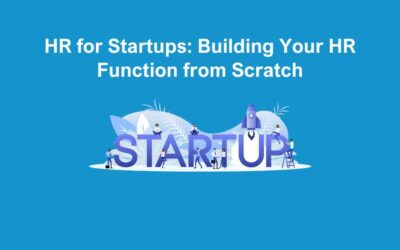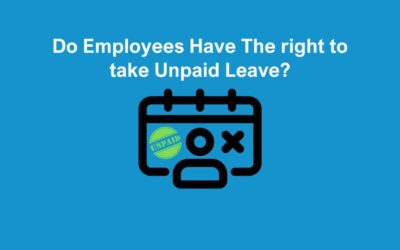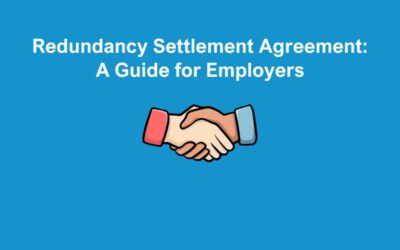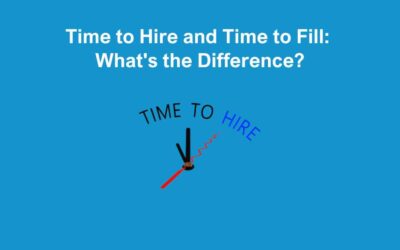Employment tribunal insurance is a type of insurance that is set up to protect against tribunal claims. In addition, many businesses may decide to carry insurance for all costs that may arise from a tribunal claim. After tribunal fees were removed in 2017, claims have risen even higher so it’s never been more important to look in to insurance.
This can be a difficult process for employers as working out what a claim is worth can be complex. many businesses have paid for employment tribunal insurance to protect their business against possible claims and are surprised to find out that the insurance they opted for may not cover the entire amount. In addition, it’s important to spend a lot of time researching to ensure you opt for a fully comprehensive cover.
Here’s our top tips when faced with an employment tribunal claim:
Responding to a Claim
If you receive a claim form due to a complaint from an employee, you have 28 days to complete the form and return it to the tribunal. If the form isn’t completed within this time, this can lead to a default judgement and you won’t be able to defend yourself.
Hearing Preparation
To prepare for a hearing, you must submit all documents relating to the claim. This includes physical proof such as emails, letters and any other records related to the case. You must also submit the contract you initially provided your employee with at the beginning of their employment.
How we can help
It’s always a good idea to get support from HR experts before going ahead with any insurance providers. In addition, we can help you through the whole process by ensuring you are not spending unnecessary amounts of money. We can also help you find the best insurance company for you.
Find out more about our helpful Employment Tribunal Insurance service on our website now. If you would like any further support, feel free to contact us on 01383 668178.







